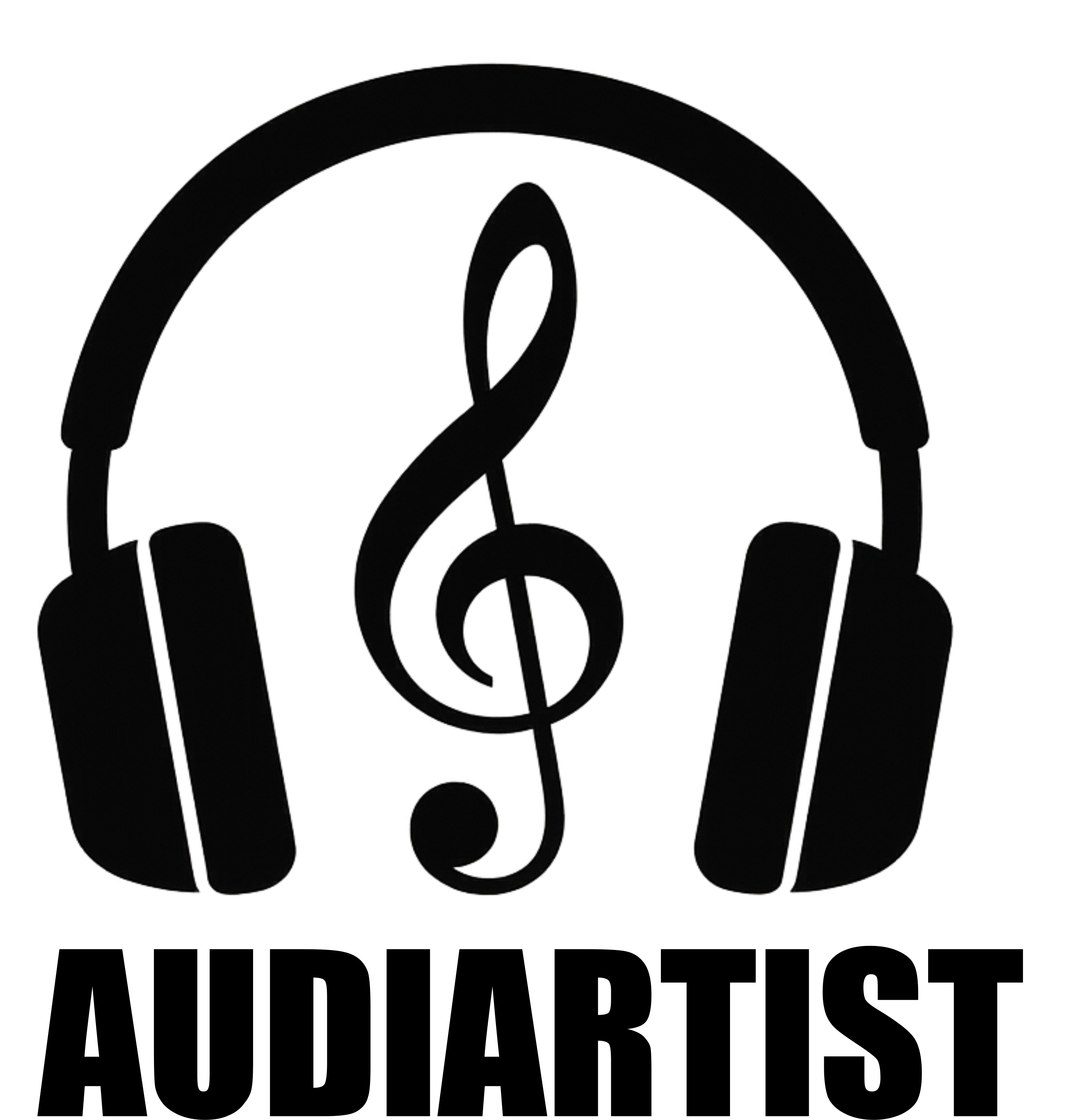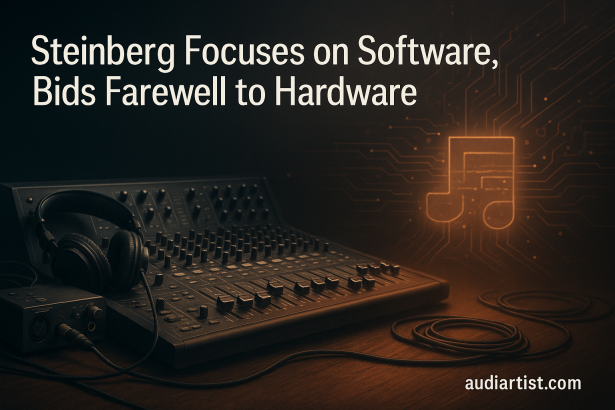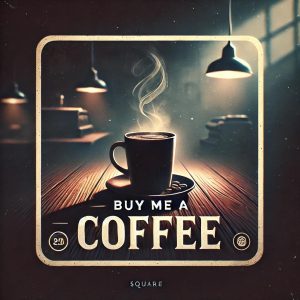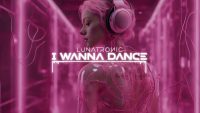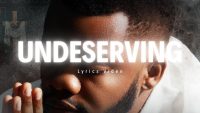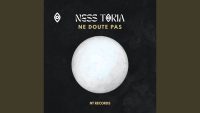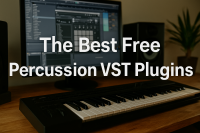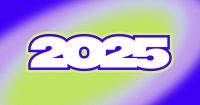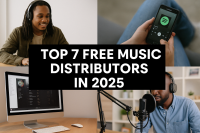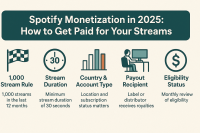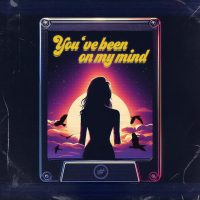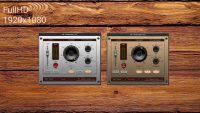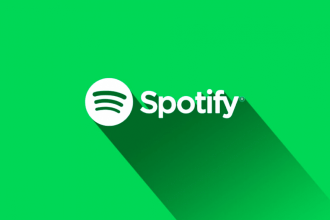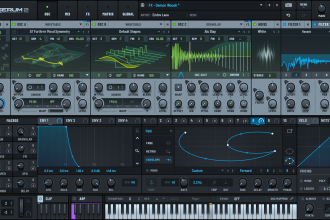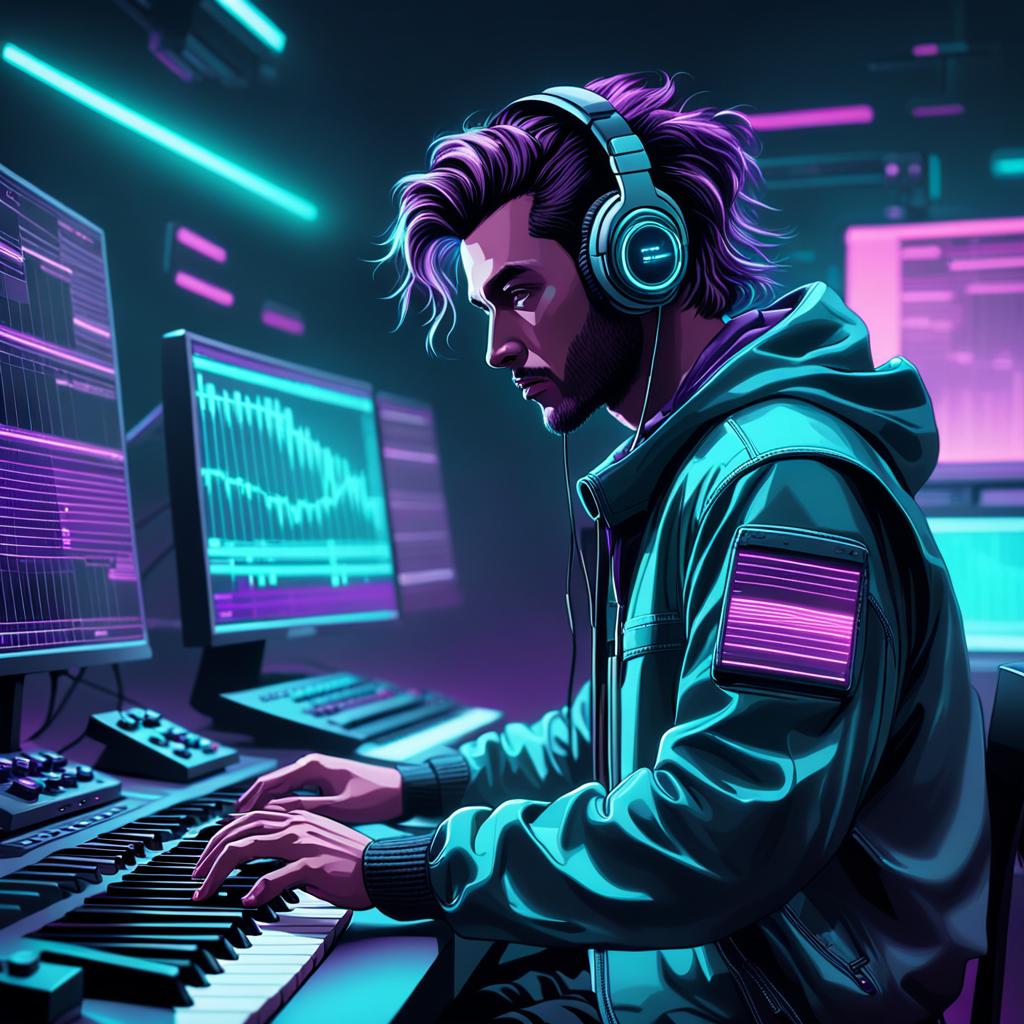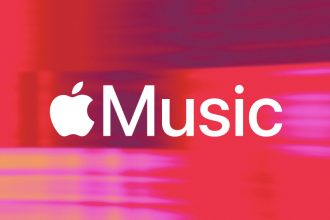In a move that signals a major shift in strategy, Steinberg, the German audio technology company behind iconic products like Cubase, Nuendo, and HALion, has announced that it will no longer produce hardware under its own name. Instead, all Steinberg-branded hardware will transition under the Yamaha label, while Steinberg itself will now focus exclusively on software development.
The decision marks the end of an era for one of the music industry’s most respected names in digital production tools — and the beginning of a software-first future that could redefine how producers, composers, and engineers interact with Steinberg technologies.
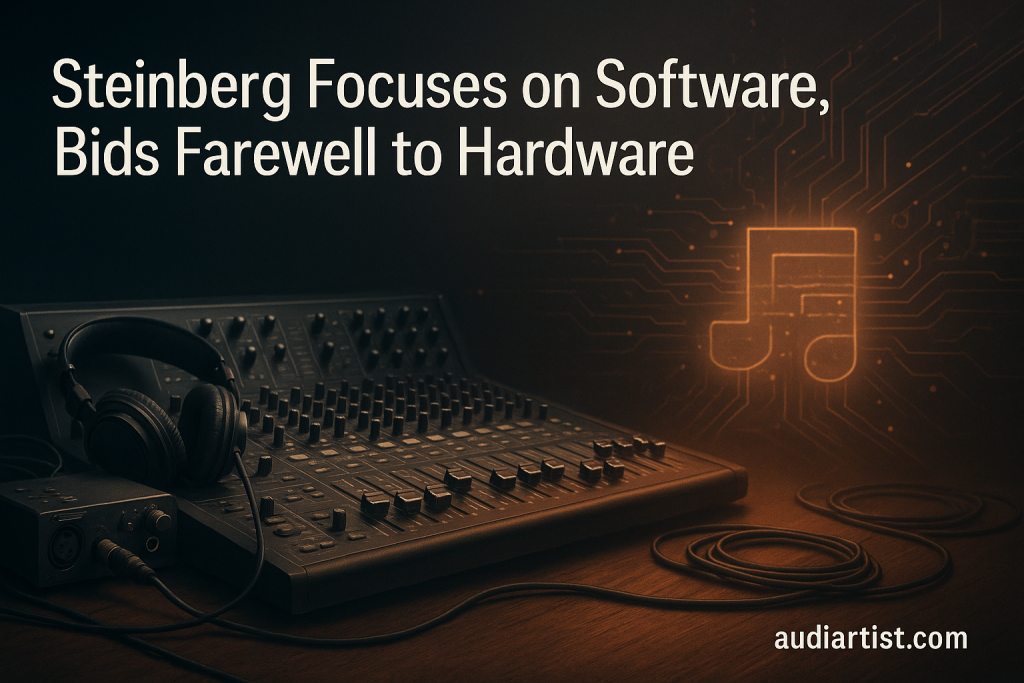
A Strategic Realignment: Software Takes the Lead
For decades, Steinberg has balanced both hardware and software development, offering a range of interfaces, audio devices, and controllers alongside its renowned DAWs. Products such as the UR series of audio interfaces, co-developed with Yamaha, have been staples in home and professional studios alike.
However, the company’s announcement reveals a deliberate realignment: Yamaha, Steinberg’s parent company since 2005, will now take full ownership of the hardware side. This shift allows Steinberg to dedicate all resources to the digital domain, with renewed focus on advancing their core software lineup.
The company’s official statement emphasizes that existing hardware will continue to receive full support, ensuring users won’t lose access to firmware updates or service. But moving forward, Steinberg’s name will be synonymous purely with digital audio innovation — not physical devices.
Why the Move Makes Sense
In many ways, this change reflects the broader evolution of the music production landscape. Software has become the heart of the creative process, with musicians relying increasingly on virtual instruments, cloud-based collaboration, and integrated ecosystems rather than standalone gear.
By focusing exclusively on software, Steinberg positions itself to stay ahead in areas like:
- AI-assisted composition and mixing, which are rapidly becoming standard features in top-tier DAWs.
- Cross-platform cloud workflows, where users can seamlessly switch between devices without losing projects.
- Advanced sound design, powered by tools such as HALion’s sampling and synthesis engines.
With more competitors like Ableton, PreSonus, and Image-Line continuously innovating in the DAW market, Steinberg’s choice to sharpen its focus could be the key to maintaining its relevance among both professionals and hobbyists.
Yamaha’s Role and the Hardware Legacy
The transition of hardware under the Yamaha brand doesn’t mean the end of Steinberg’s influence in that space. In fact, it may strengthen it. Yamaha and Steinberg have long collaborated closely — Yamaha provided the engineering power, while Steinberg delivered the software integration.
Under this new structure, Yamaha will take full charge of developing and marketing audio interfaces, controllers, and other peripherals. This division allows both companies to play to their strengths: Yamaha in precision hardware manufacturing, and Steinberg in digital creativity and workflow solutions.
For existing users of Steinberg hardware such as the UR or AXR series, there’s no cause for concern. Support will continue, and future devices will likely retain the same level of compatibility with Steinberg software.
What This Means for Music Producers
For the everyday producer, this strategic shift signals a future where Steinberg’s innovation will live entirely inside your computer. Expect more powerful updates to Cubase, deeper AI integration, and greater interoperability between tools like Nuendo, Dorico, and HALion.
While some users may lament the symbolic farewell to Steinberg-branded gear, the company’s renewed software focus could translate into faster development cycles, more cutting-edge features, and better optimization for modern workflows.
In a world where music creation is increasingly mobile and digital, Steinberg’s pivot appears not only logical but inevitable. The company is clearly betting that the next big leap in music technology will come not from new knobs or faders — but from intelligent, adaptive, and immersive software experiences.
The Dawn of a Software-Only Steinberg
Steinberg’s departure from hardware manufacturing closes one chapter but opens another filled with promise. As the company channels its full creative and technical power into software, it may well redefine how the next generation of producers composes, records, and mixes music.
If the history of Cubase and Nuendo has taught us anything, it’s that Steinberg knows how to lead through innovation. And by focusing solely on the digital realm, it’s setting the stage for a new era of music production — one where creativity is limited only by imagination, not hardware.
Further Information:
![]()
